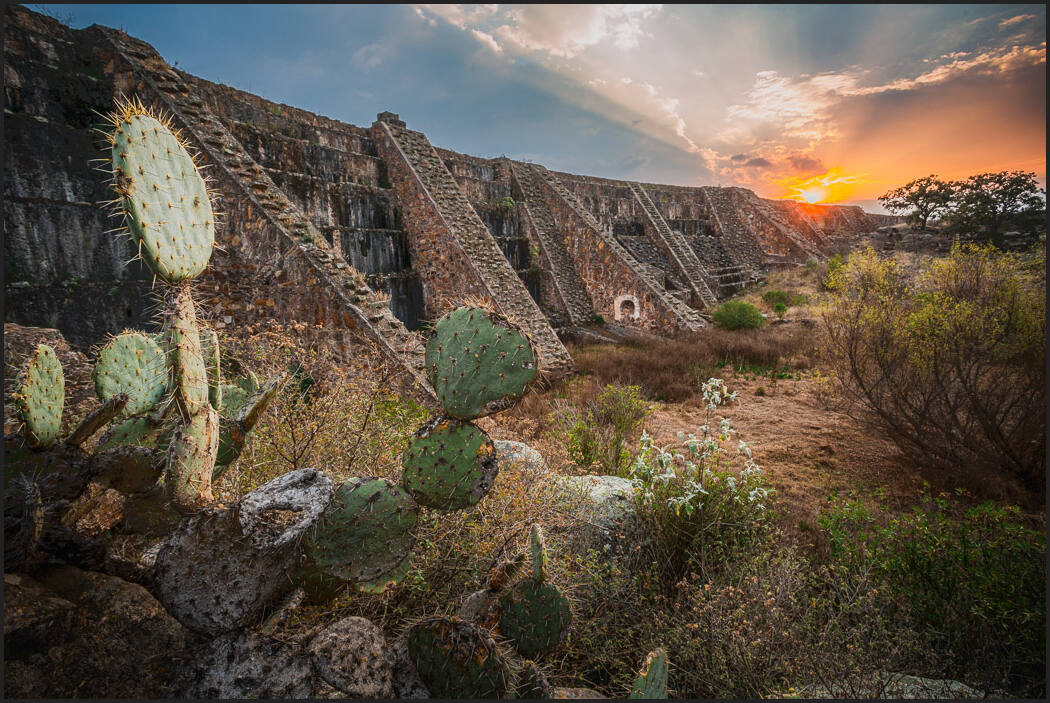The Zone System is the language of light and shadow and for digital shooters it’s invaluable.
What makes the Zone System such a big deal for better photos?
I teach Zones deeper in my free classes like Shadow Hackers and in Master Classes like Exposed. I’ve done a lot of Zone videos over the years but this updated video will make Zones easier than ever for whatever skill level you are at today.
You can check out my Lumist 2 actions here for live Zone control. In the video, I also mentioned Elegance speed masks and Natural HDR.
Choose carefully how to apply the Zones.
Exposure in photography is often left to meters to decide. You can use aperture priority or something like that on the go. But the key is that you are still taking control.
But when you combine Zones and the concepts of Shadow hacking you have the understanding of what makes a photo dramatic and also the ability to know whats happening in every moment of light and shadow.
When I use auto mode for streets or on the go I watch the feedback on the screen and most importantly the histogram. I’m seeing the Zones as I move and I use exposure compensation to quickly adjust them while staying in that auto mode.

Edit with your Zone System visualization.
Zones give you control over light and shadow in a way nothing else gives you. So you can be in a flat-lit portrait scene or in a super contrasty sunset landscape and the Zone System will work equally to let you manage the tone value.
The secret is to expose your zones in the camera and then edit for those zones in the post.
For example in this portrait, the background was not a lot darker than the subject even with our strobe. But I exposed the subject where I wanted knowing that I would edit with a little more contrast in post and darken the background.
It’s not so different from how in the past we pushed and pulled film or burned and dodged. But the key here is you are seeing finished results before you press the shutter because you can easily use zones to plan and visualize.

Using a spot meter for the Zone System
On the other side of this is a full manual. if you have time to set up, You’re shooting a landscape or a building. Use that tripod. use a spot meter in the camera or externally and place Zones exactly where you want.
Don’t just use the histogram as a rough guide in program mode. When possible use the full details of Zones and doing so will help you to understand them better in those moments when you are on the go and can’t stop to spot the meter.

